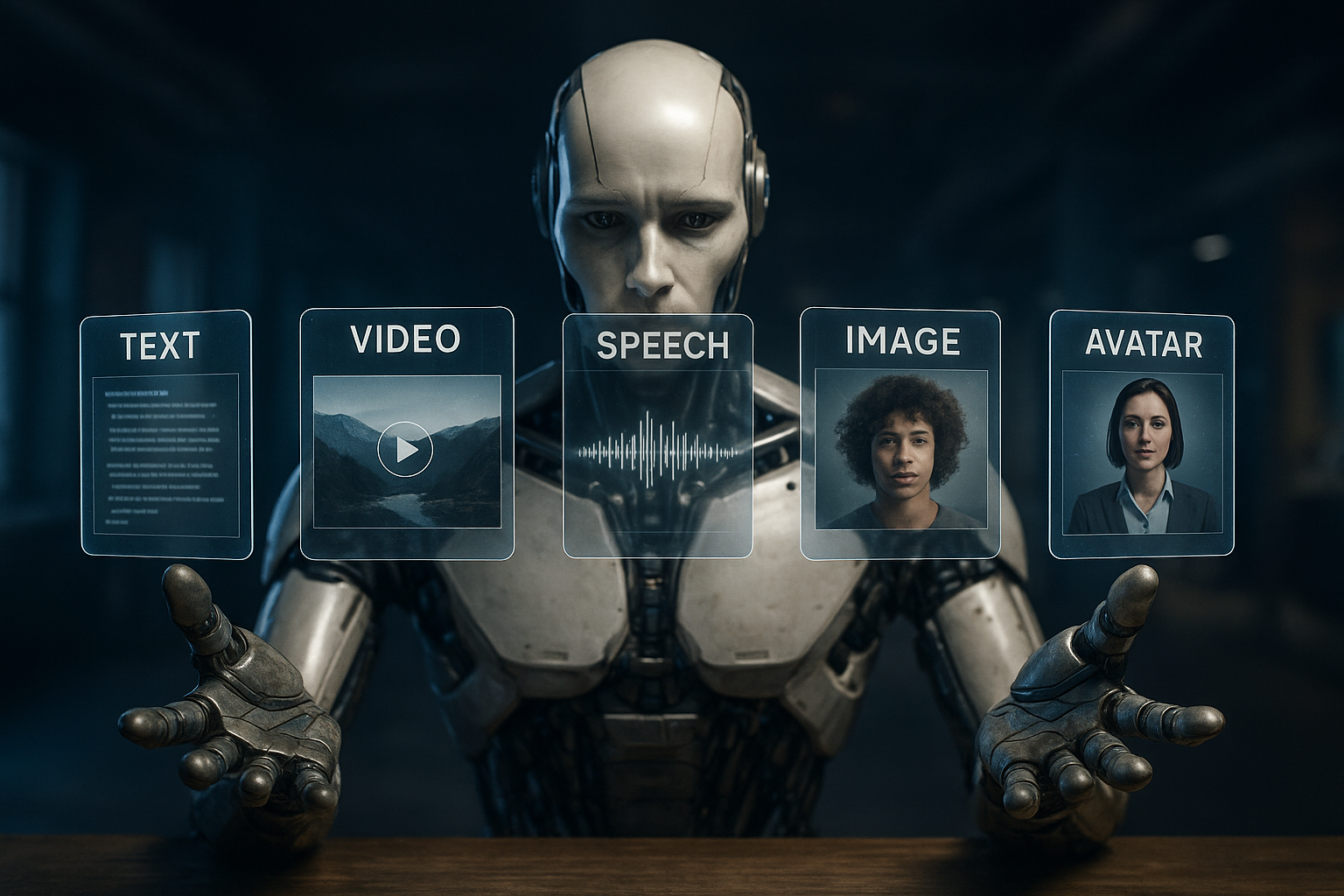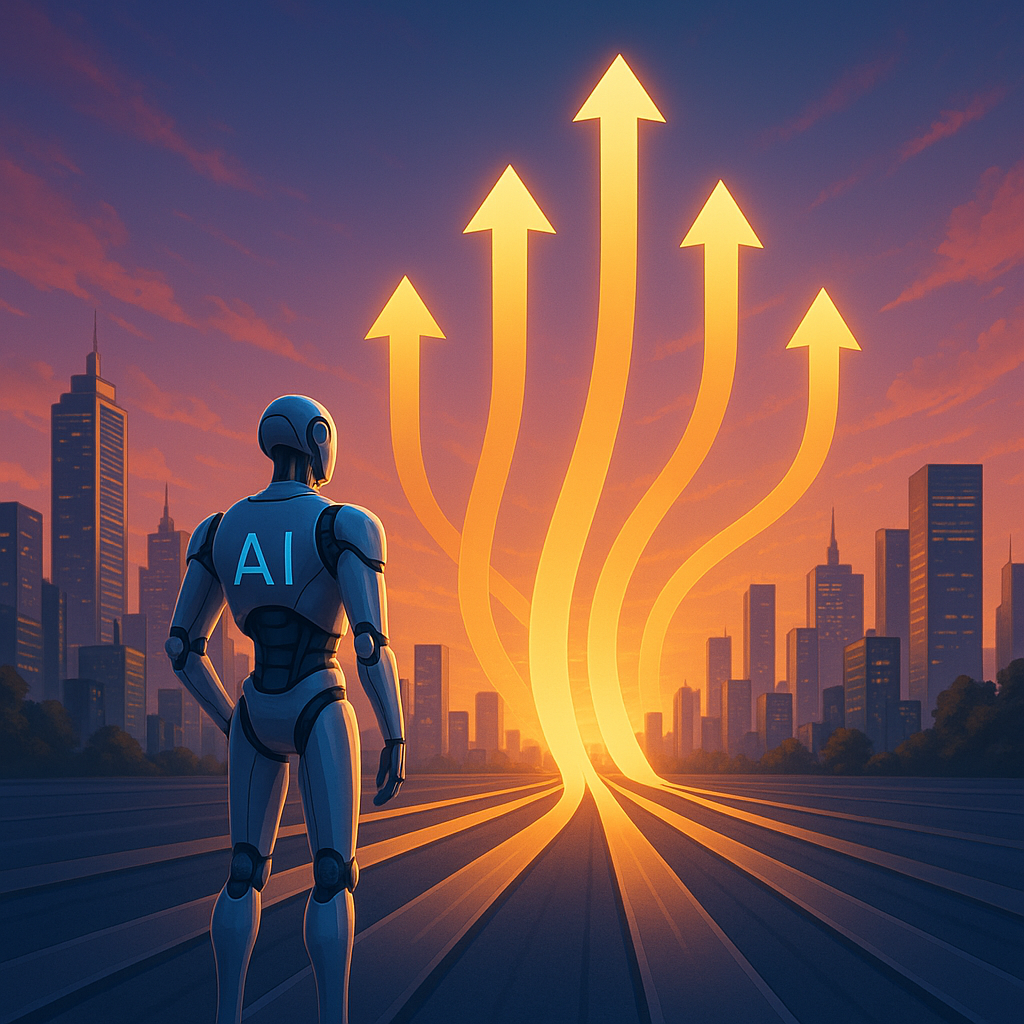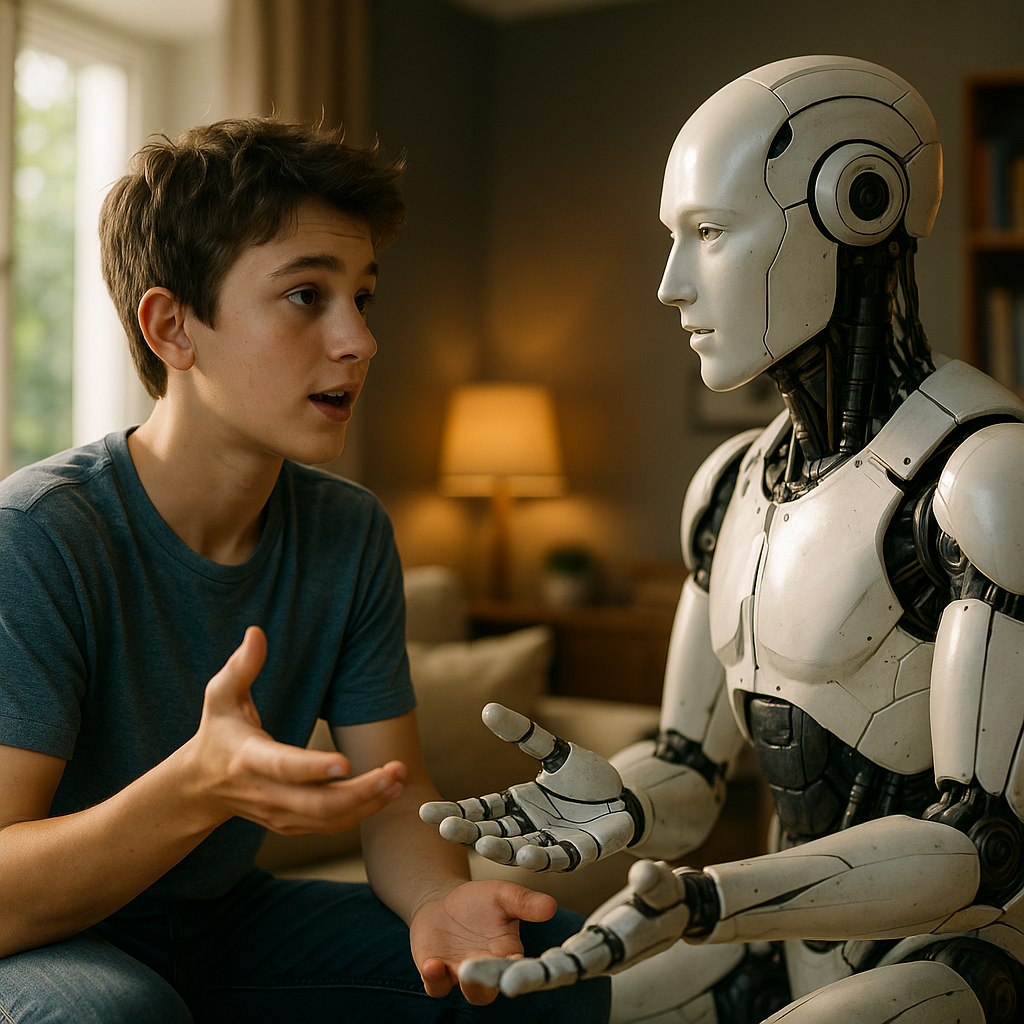
If 2025 was the year we taught AI to bring text to life as video and 3D models, then 2026 will be the year AI breaks free from our screens entirely. We are witnessing a fundamental shift: from tools we command to proactive partners integrated into our daily routines. This is no longer about content generation; it's about creating a new, augmented reality.
Here are 5 key predictions for the world of artificial intelligence in 2026.
1. The Dawn of Personal AI Ecosystems (AI OS)
Forget standalone apps like ChatGPT or Copilot. In 2026, the dominant trend will be a unified, Personal Operating System powered by AI.
-
What is it? It's your personal digital concierge that knows your habits, goals, and preferences. It doesn't wait for a command; it acts proactively:
-
It organizes your calendar based not just on deadlines but also on your energy levels.
-
It filters your emails and messages, leaving only what's important and drafting replies.
-
It plans your trips, orders your groceries, and recommends content by anticipating your desires.
-
It communicates on your behalf with service chatbots (e.g., to book a doctor's appointment).
-
This is your "digital twin," freeing up your mental resources for strategic and creative tasks. The competition between Google (Project Astra), Apple (AI integration in iOS), and OpenAI will evolve into a race to create the best "second brain" for users.
2. Real-Time Interactive Worlds: From Generation to Simulation
Video generation is yesterday's news. In 2026, we are moving to the generation of interactive environments.
-
What is it? You're not just creating a video of "a dragon flying over a castle." You're creating a simulation you can "enter" via a VR/AR headset or even a standard screen. You can say, "Now show me what's inside the castle," or "Add rain and wind."
-
Applications:
-
Gaming: Creating unique game worlds on the fly based on player requests.
-
Education: Immersive historical reenactments or chemical reaction simulations.
-
Design: Architects will be able to "walk through" a building they've just described in text, making changes in real time.
-
3. The First Wave of "AI-Native" Devices
The market will see the first devices designed not "with AI added" but around AI.
-
What are they?
-
Smart Glasses 2.0: Lightweight and stylish, they won't just show notifications but will analyze what you see. They can translate conversations in real time, identify plants or landmarks, and even remind you of someone's name.
-
"Empathetic" Home Assistants: This is no longer just a speaker. It's a device with a camera and sensors that understands context: it sees you're tired and suggests calming music; it notices you're out of milk and adds it to your shopping list.
-
4. Embodied AI: The First Mainstream Robot Assistants
After years of development in labs at Boston Dynamics, Tesla, and Figure, 2026 will see the first commercial deployments of humanoid or specialized robots outside of factories.
-
Where to expect them?
-
Logistics Warehouses: Robots autonomously sorting and moving goods, working alongside humans.
-
Service Industry: Simple tasks in hotels or restaurants (delivering orders).
-
Home Assistance: The first, still-expensive models to help people with disabilities.
-
This isn't the "robot butler" from the movies yet, but it's a crucial step toward the physical integration of AI into our world.
5. "The Great Regulation": Global Rules of the Game for AI
Amidst rapid development, governments worldwide will move from talk to action. 2026 will be the year of the first international agreements and strict national laws on AI.
-
Key Issues:
-
Content Watermarking: Mandatory labeling of any AI-generated content to combat deepfakes and disinformation.
-
AI Liability: Who is responsible if a self-driving car or a medical AI makes a mistake?
-
The AI Economy: Active discussions and initial experiments with "AI dividends" or a universal basic income in response to automation.
-
Wild Card Prediction (What Could Go Wrong?)
"The Winter Peak": There's a possible scenario where the development of large language models hits a temporary plateau. Progress could slow due to colossal energy and computational costs, as well as the exhaustion of high-quality training data on the internet. This could shift the focus from giant models to smaller, more efficient, and specialized AIs.
Conclusion
2026 promises to be a watershed year. AI will cease to be just a "trendy technology" and will begin to deeply integrate into the fabric of our society, economy, and personal lives. The main challenge for humanity will not be to create an even more powerful intelligence, but to develop wise rules for coexisting with it.
Related Articles
 Подробнее
Подробнее
 Подробнее
Подробнее
 Подробнее
Подробнее